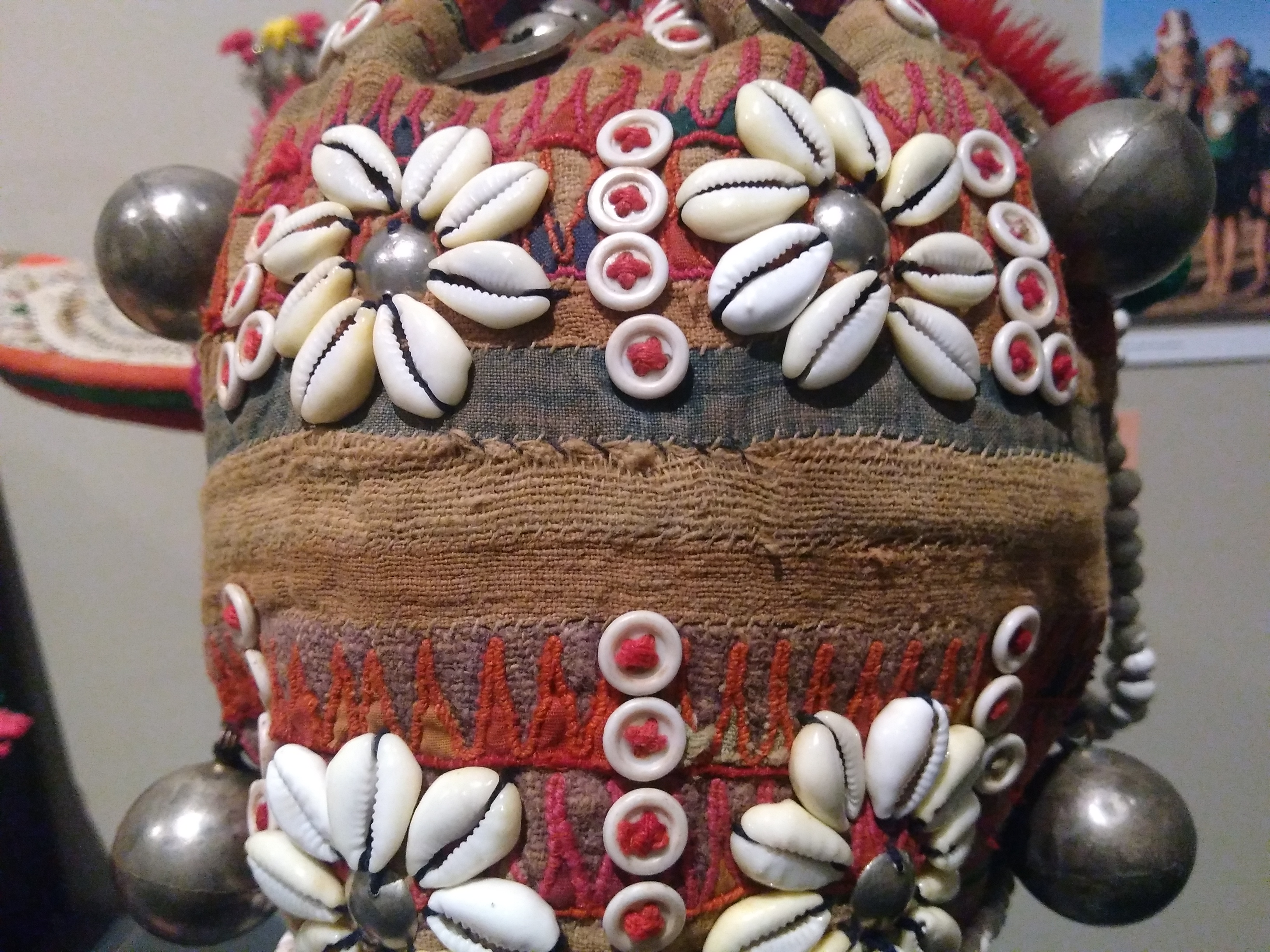
Before any musings about creativity, let me just say this: Be safe, stay well. We have an extraordinary health emergency unfolding locally, nationally, and globally; it’s a good time to defer to the ferocity of pathogens and to honor the advice of experts. I’ve been working on some poems (for adults) that are a bit glib about scientists (what they can’t know about The Soul) but in the last few weeks I’d say it’s the scientists who will tell us the truth about The Body. Let’s try to support in any way we can the local health professionals who will be asked to respond to the crisis in ways we can hardly imagine, and to help out those who have dwindling resources to weather the storm. Let’s put pressure on our lawmakers to be thinking of “the least of our brethren.”
I keep thinking of Steven Johnson’s wonderful book, The Ghost Map, which tells the story of a terrifying epidemic of cholera which broke out in London in 1854. Officials obfuscated and ignored it, not unlike what’s happening 150+ years later with Covid-19. If you haven’t read that book, see if you can get hold of it and read it now – it’s reassuring to know that scientists can uncover answers that are not politicized and can focus on finding solutions.
I guess I’ve been thinking a lot about scientists and artists in general, their covalent bonds. Both are attracted to mystery, I think. Both are attentive to detail. Many of the finest people in those two fields are shot through with astonishment at the real, touchable world we live in. Unlike Walt Whitman, who (uncharacteristically) asserted that poets had a corner on the astonishment market (at least in this poem) I think both types “look up in perfect wonder at the stars.”

Both scientists and writers are curious and creative. What is observable and what is not intrigues them both: the bird in the tree, the bird in the head, the bird in flight, the bird as a metaphor, the song of the bird – the long, looping red thread you see below. How we look at the world if we’re engaged and reflective.

Speaking of engagement, wonder, creativity, curiosity, and the touchable world, I saw a show recently at the Whatcom Museum in Bellingham which draws on all four. It’s titled The Global Language of Headwear: Cultural Identity, Rites of Passage, and Spirituality. You might think it odd to say that headgear speaks a language, but it’s true, isn’t it? Can we always translate what’s said? Well, we can use our imaginations. And like any exhibit that pulls samples from around the world, it helps museum-goers understand the commonality of diverse cultures: a desire to celebrate, a need to mourn, to play, to be colorful, to stay warm, and (maybe unfortunate but entirely human) to distinguish status.
Here are some of my favorites, with little commentary:


(A Child’s Hat)

Here are some closer up, to catch the detail:




At the exhibit, many of the hats were paired with photos of the delightful people wearing them:



Just look at the joy and pride on those faces. Look at the smiles! As I’m writing this post, I’m also listening to the most recent press conference about the pandemic. Sorry to be a cynic, but what I hear is people congratulating themselves about how they’re addressing — better late than never? — this pandemic. Listening to it is irritating me. Such a lot of self-praise. Such hubris. Argggggghhhhh! I’ll take artists and scientists over politicians any day. (Well, this recent exception:Katie Porter, Rep.-California, she’s a hero.)
Once again: Stay safe, be well. If you’re over 60 and staying home in general (as I am) let’s exercise our imaginations, examine our obsessions, trust our creativity, indulge our writing eccentricities, get out into the brisk spring air from time to time, look down for a few tulips, look up for a few hats, look everywhere for smiles to brighten things up. Be astonished.





















